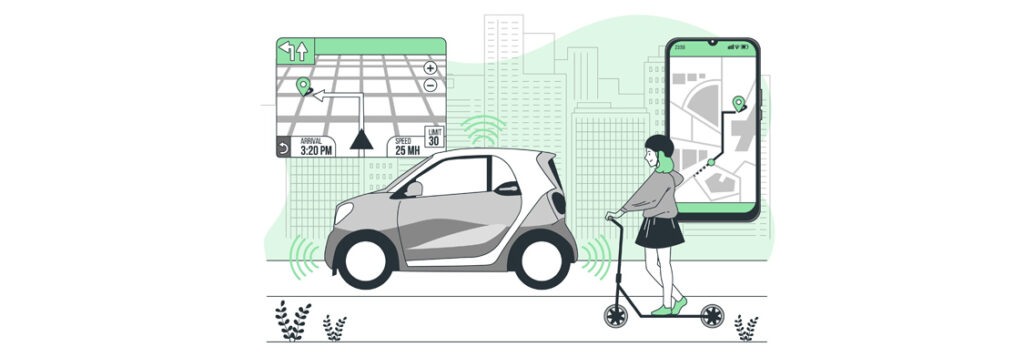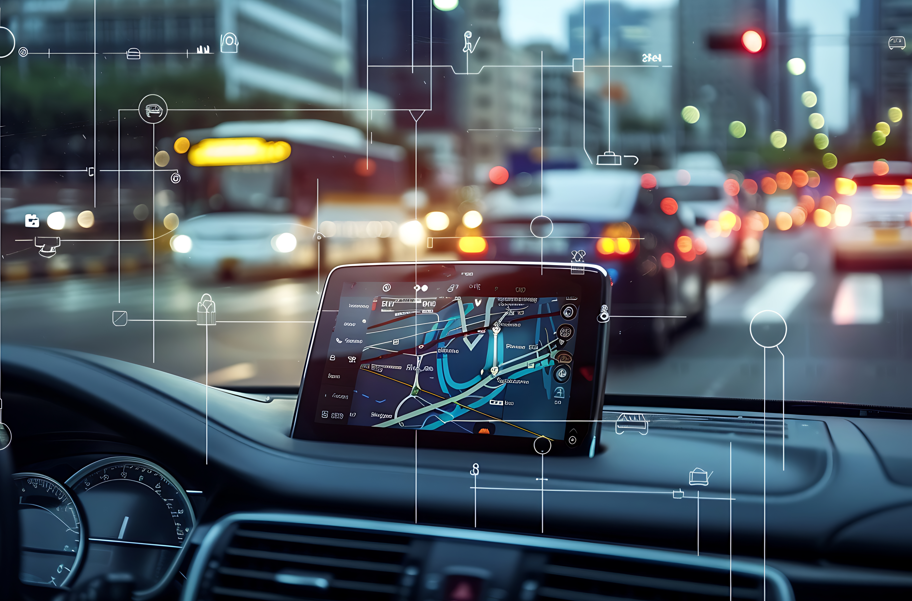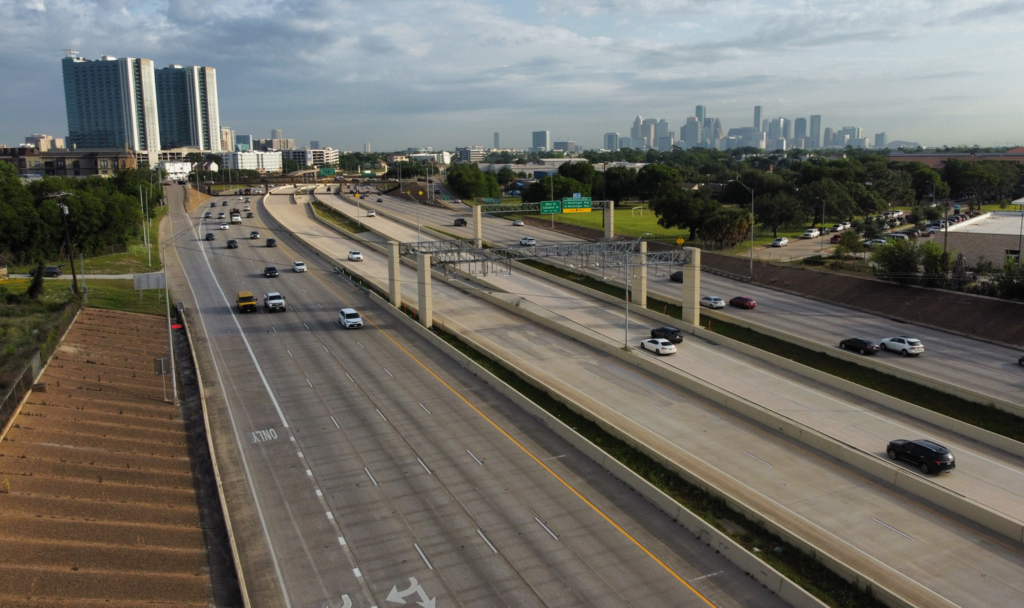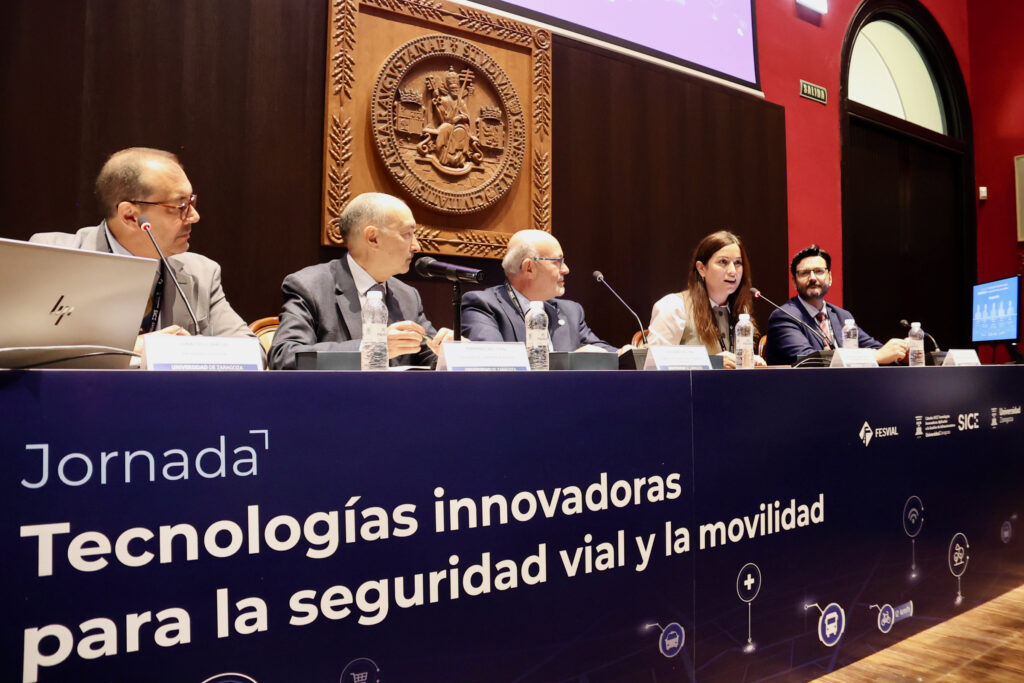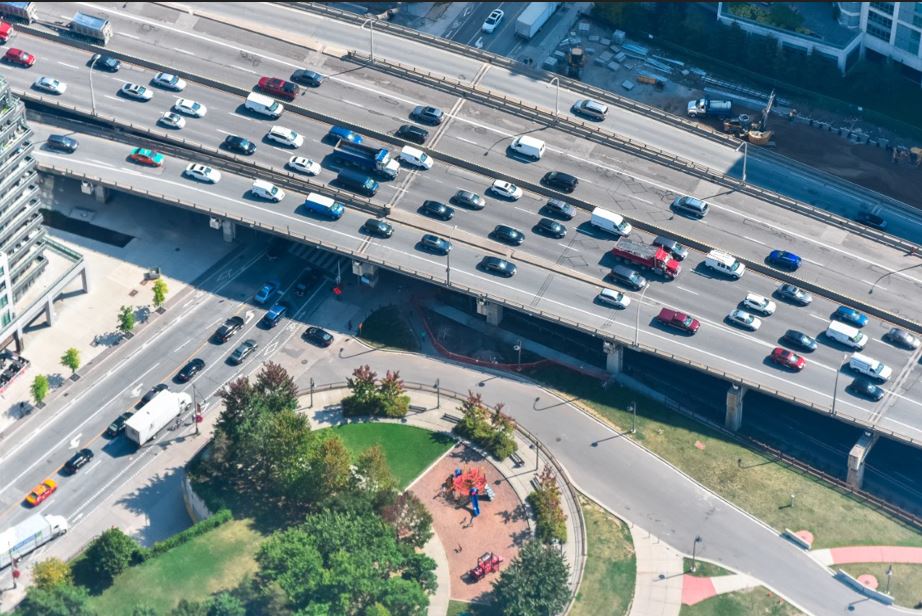Technological evolution in the automotive industry has driven the development of vehicles equipped with multiple sensors, capable of interpreting their environment and optimizing their operation. This advancement has given rise to an increasingly popular term: the “connected vehicle.”
But what does it really mean for a vehicle to be connected? In essence, it is the car’s ability to communicate with other systems, whether they are other vehicles, infrastructure, or traffic management platforms. This connectivity not only improves safety and efficiency, but also paves the way for more sustainable and automated mobility.

The Vehicle as a Data Source
Connected vehicles generate an enormous amount of data. Internal sensors monitor the operation of the vehicle itself, such as engine behavior, battery status, tire pressure, engine temperature, and oil and coolant levels, among others. They also obtain information about the driver, including their driving style, their configuration preferences in the vehicle’s systems, and usage patterns. In addition, they record data related to travel, such as continuous GPS positioning, routes, speeds, accelerations and parking locations. They also monitor the activation of systems such as safety, sudden or emergency braking, airbags, ABS, advanced driver assistance systems (ADAS), fog lights, windshield wipers and fault detection.
Connected vehicles also collect information about the environment through advanced sensors, such as LIDAR, video cameras, and proximity sensors, allowing obstacles to be identified and road and traffic conditions to be analyzed in real time.
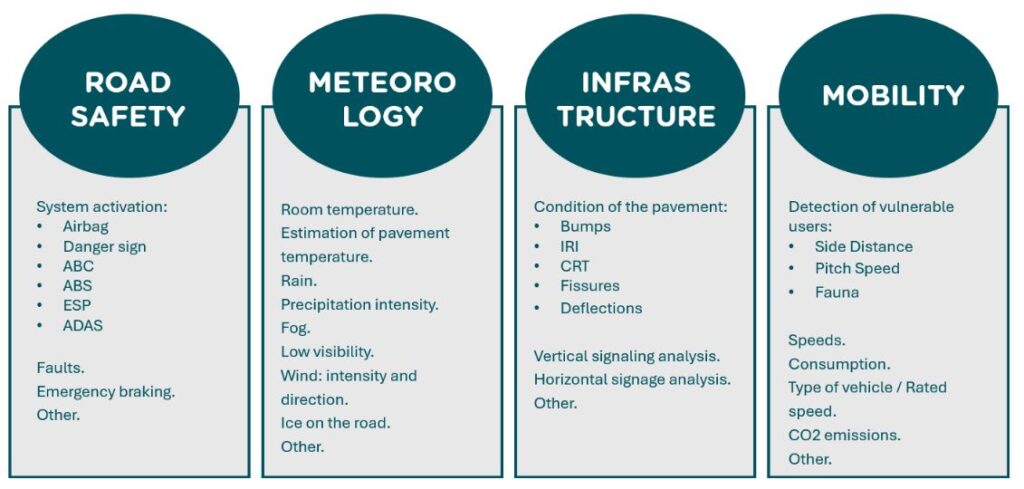
Integrating and analysing this data in real time makes it possible to improve road safety and traffic efficiency. A practical example of this is SICE’s SIDERA Analytics platform, which processes information from connected vehicles (such as location, speed, brake use, operation of wheels and shock absorbers, activation of hazard lights or windshield wipers) to assess the state of the road, road conditions, travel times or identify road congestion or weather events. This type of solution transforms data into actionable information for operators and users.
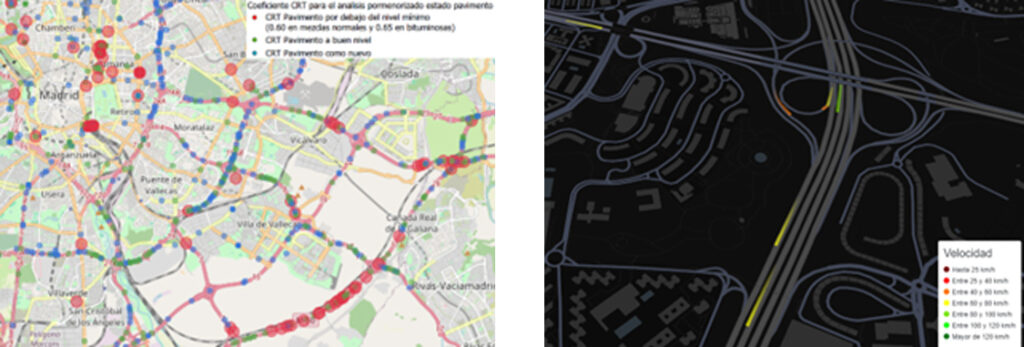
Vehicle Connectivity: Who Do You Communicate With?
A connected vehicle can link with different actors within the mobility ecosystem:
- The vehicle manufacturer, which collects and manages essential data on the car’s performance and maintenance, as well as enabling connections with third parties.
- The driver, who receives real-time alerts, improved driving efficiency, information on the vehicle’s status and services such as software updates, predictive maintenance and remote assistance.
- Other road users, such as pedestrians and cyclists, who may receive alerts on their devices about the presence of nearby vehicles. If a car detects a pedestrian crossing the street or a cyclist at an intersection, it can alert the driver or even activate emergency braking.
- Other vehicles and mobility managers, facilitating communication between vehicles (V2V) and between vehicles and infrastructure (V2I). For example, platforms such as SIDERA C-ITS by SICE allow road operators to offer real-time services to drivers, optimizing safety and traffic. In Europe, C-ITS services have been classified into “Day 1” and “Day 1.5” implementation levels, addressing everything from basic security to advanced efficiency and future autonomy.

Technologies That Make Connectivity Possible
To achieve this fluid communication, various connectivity technologies are used:
- Mobile networks (5G, 4G, 3G), which allow large volumes of data to be sent in real time.
- Short-range V2X technologies, essential in areas with low cellular coverage or in critical locations such as tunnels and congested roads. In Europe, the ITS-G5 standard has been key in the development of these communications.
- Connected devices of other road users, such as smartphones, wearables and smart bicycles, which facilitate interaction in the mobility ecosystem.
SICE, with its expertise in smart mobility solutions, has integrated these technologies into urban infrastructures and roads, contributing to the evolution of Smart Cities and connected mobility.
Towards Smart Mobility
The transformation towards more connected mobility is unstoppable. In the coming years, the renewal of the car fleet will incorporate vehicles with standard technologies, driving the evolution of these systems. In Spain, the average age of the car fleet in 2023 was 14.2 years, indicating great potential for renewal in the coming years.
In this context, centralised management technological solutions are consolidated as a fundamental pillar in the evolution of the connected vehicle ecosystem. As these technologies mature, mobility will not only become more efficient and safer, but also more sustainable and adapted to the needs of the future.
